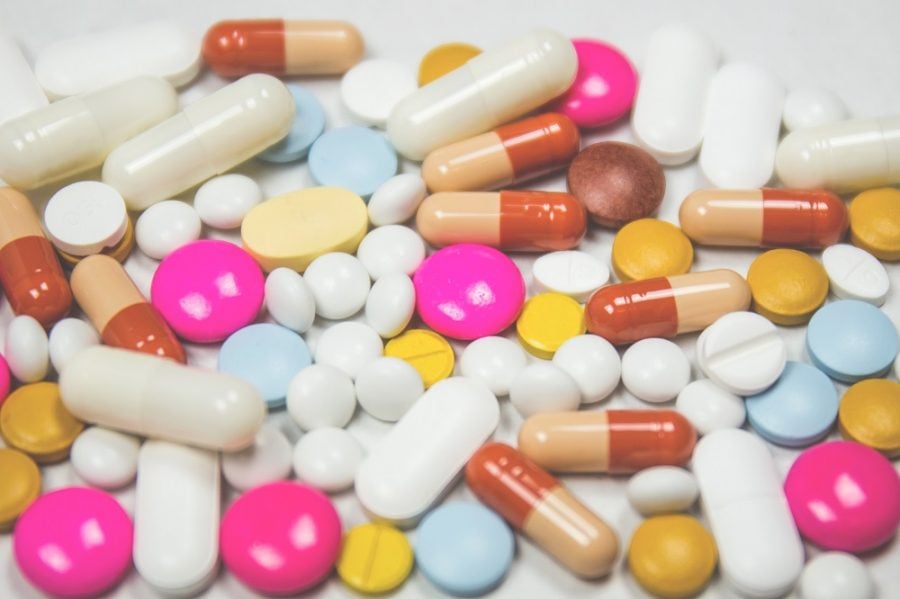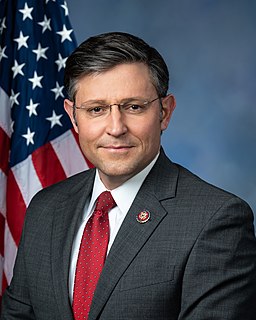Police brutality disproportionately effects people with mental illness
In 2014, police killed 18-year-old Keith Vidal in Brunswick County, North Carolina after his mother called 911 for help. Vidal was having a mental health crisis.
“Let me stress the ‘help’ part,” said Mary Wilsey, Vidal’s mother, in an interview with CNN. “This was a call for help.”
Vidal’s case was not an isolated incident.
In September 2016, Alfred Olango, a mentally ill man, was shot by police after his sister called 911 in El Cajon, California, concerned about his erratic behavior. It is not uncommon for police encounters with mentally ill people to take a turn for the bloody — an article by The Washington Post reported one in four fatal police shootings in 2015 involved someone with a severe mental illness.
The Treatment Advocacy Center says those with mental health issues are 16 times more likely to be shot than those without them.
Traditional police methods of de-escalation of conflict usually involve the demanding of compliance, which can be seen as threatening towards someone with an unpredictable psychiatric condition. Certain training programs help alleviate these issues, but they are not being widely introduced to police departments.
“When I was a trooper, we were never trained appropriately or extensively when dealing with (emotionally disturbed persons),” said Associate Professor of Justice and Policy Studies Will Pizio. “I don’t know if they can adequately train (police). You can’t give 500 hours of training. You just can’t do that. It still wouldn’t be enough.”
Some police departments have had success with crisis intervention team training. CIT is a 40-hour training program that connects law enforcement with trained clinicians and teaches them new sets of skills for dealing with those with mental illnesses.
John Snook, executive director of the TAC, believes that, because of their lack of training, law enforcement is not the ideal way of handling emergencies regarding mental illness.
“When someone is having a medical emergency, why are we requiring law enforcement to step in?” Snook said in an interview with Democracy Now! “Why don’t we have a mental health system that addresses these folks before these situations happen?
“And again, we don’t want to be in a situation where we’re having to say, ‘Law enforcement, you need to address this person’s needs,’ because they aren’t mental health professionals. They haven’t been trained.”
How law enforcement deals with the mentally ill varies between departments. In addition to required CIT training, the police department of Portland, Maine has mental health clinicians that accompany officers when they are responding to someone who is in the throes of a mental health crisis. However, according to the Portland Press Herald, only 2,800 of 20,000 law enforcement agencies nationwide have CIT trained officers.
Other police officers have to evaluate and de-escalate situations to the best of their ability.
“(Police) have no choice but to respond to the event at hand, and do the best they can do to calm the person down,” Pizio said. “And if they can’t, and the threat still exists and becomes imminent, then they’ll use deadly force. You have to be able to diagnose to be able to respond appropriately, and it’s tough to do that; so they have to calm the person down, disarm them in a calm way, allow them to disarm themselves, then react accordingly.”
Police shootings are not the only area in which the mentally ill are disproportionately represented. In 2014, TAC found American prisons and jails host approximately 356,000 inmates with severe mental illnesses, more than ten times more than the amount of mentally ill people in psychiatric hospitals.
“There are secure psychiatric facilities, but those are few and far between,” Pizio said. “It’s cheaper to put someone who is mentally ill in prison than to put them in a secure facility.”
The TAC has found that in 44 states, the largest prison or jail held more people with mental illnesses than any psychiatric hospital.
“The percentage of people in prison with mental illnesses is problematically high,” Pizio said. “You’re in there, and you’re not getting treatment. You may get pills, but you likely aren’t getting the treatment you need.”






